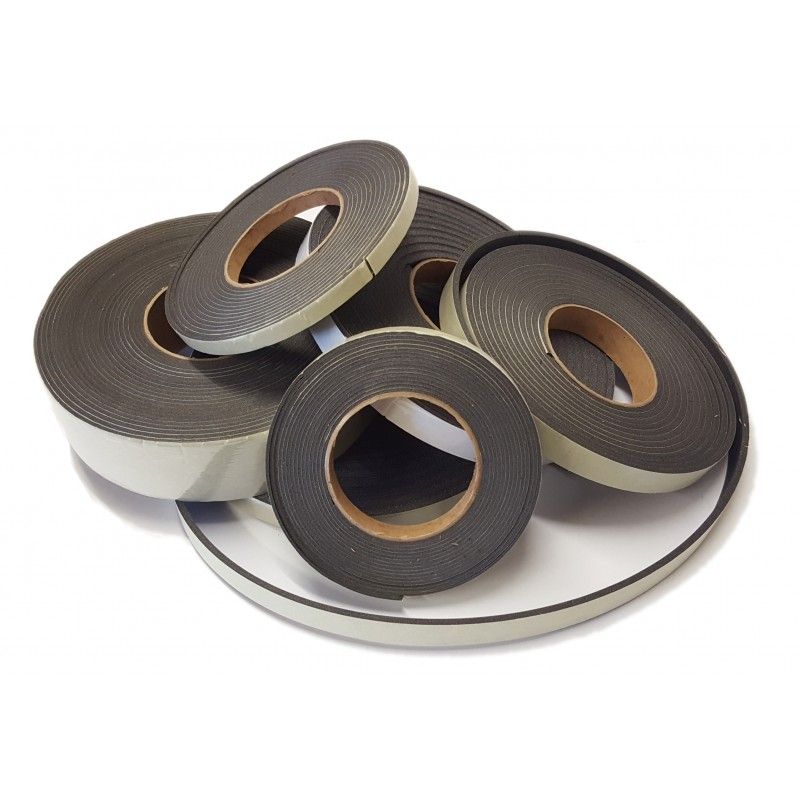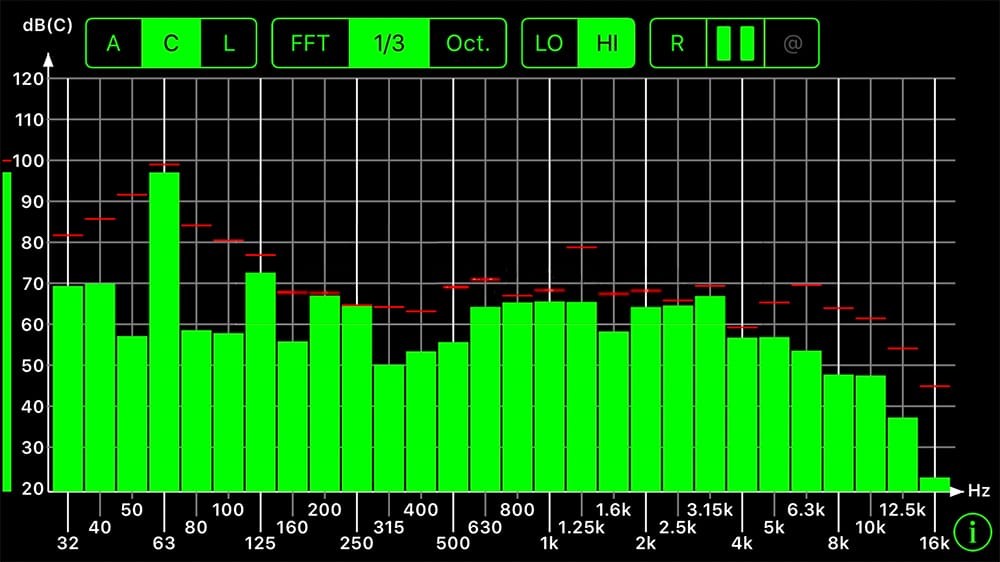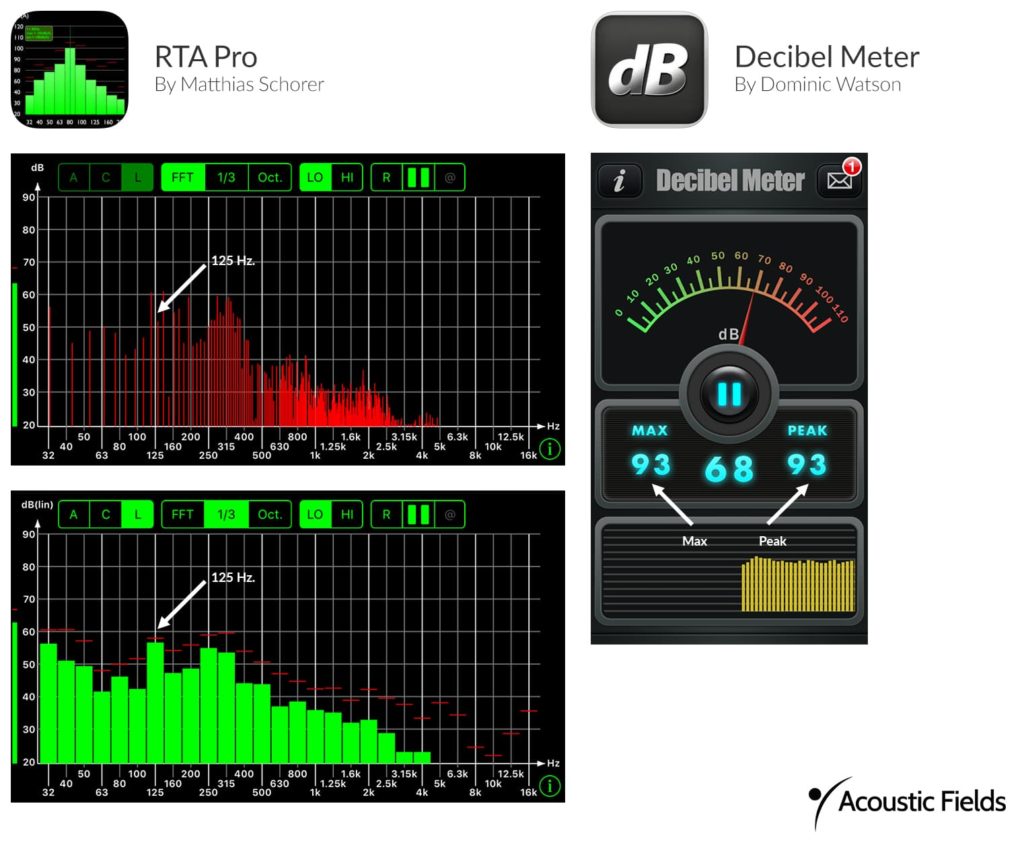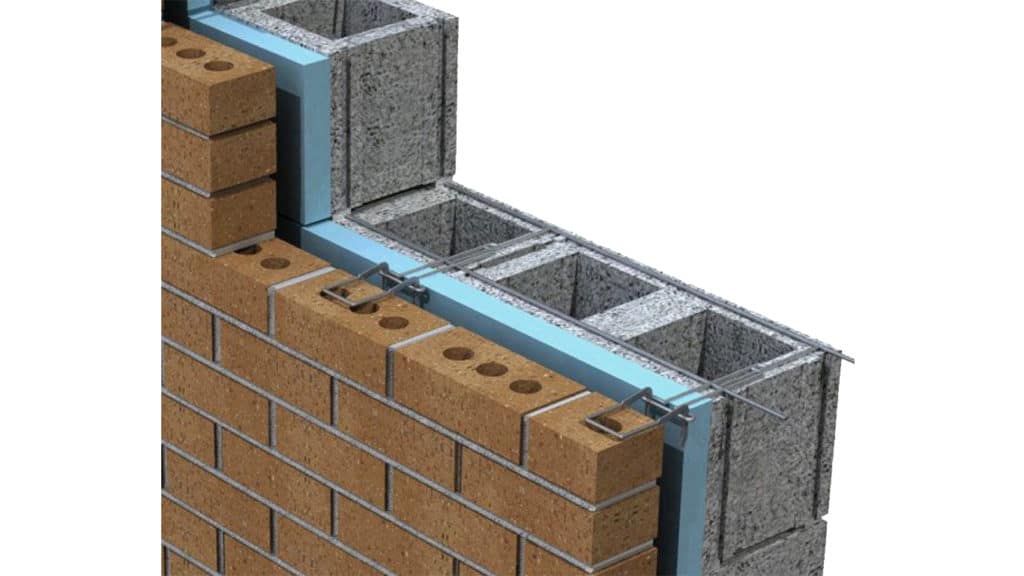
Tape as a material type should never be labelled soundproof. Soundproofing tape is marketing speak for lets add the word soundproofing in front of regular tape material type so we can fool the uniformed. This term soundproofing tape is similar to soundproofing paint. With noise transmission issues, there is no such thing as soundproofing. There is noise management but no proofing. Nothing with noise is absolute or proof.
You reduce or mitigate noise by measuring it first and foremost and then design the appropriate barrier that you place between yourself as the receiver and the noise source. There is no soundproofing tape in any barrier design that is credible. Every barrier design is based upon the frequency and amplitude of the noise source. All noise must first be measured since every material type used within the noise barrier is frequency and amplitude dependent. Soundproofing tape would not have the characteristics required to mitigate noise at any frequency or amplitude range.

Noise Transmission
Noise transmission issues must be measured for frequency and amplitude over a seven day time period. You must take noise measurements over seven days in order to determine the minimum and maximums of pressure that you are dealing with. You must measure the noise over the time period you will be using the room. We are looking for the maximum pressure in any one day of usage. When we choose the materials for the barrier we are choosing materials that deal with the largest noise on whatever day it occurs.
Measure Noise For A Week
If we design our barrier for the maximum noise on a specific day, we have the other days with lower noise issues addressed. All noise is broken down into frequency and amplitudes. The frequency is where on the audible frequency range that our noise occurs. The amplitude is the strength of that particular noise frequency. We need to know the frequency and amplitude of the noise since the barrier we will design and the materials we will use are frequency and amplitude dependent. At Acoustic Fields, we have a process where we send you apps that you download on your phone and take the noise measurements.

Multiple Materials Within Your Barrier Design
With noise transmission, we have two main frequency ranges that we look at. If we have noise that lies below 125 hz., we will use a completely different barrier type than noise that occurs above 125 hz. Each material type that is used within any barrier design is frequency and amplitude dependent. Every material type reduces a specific frequency range and every material type will reduce a certain amplitude or strength of the noise.
Airborne Energy & Vibrations
You must also consider the way the materials are arranged and assembled in the barrier design. With a barrier design, we are trying to reduce vibrations. We use a series of materials with different densities arranged in the proper order to minimize the vibrations produced by the airborne noise that strikes our walls surfaces and then is transformed into vibrational energy. Noise is airborne energy striking their walls and then turning into vibrational acoustics.

Like A Truck With No Brakes
When thinking about noise transmission, one needs to think about a truck who has lost their brakes during mountain driving. When the driver loses his brakes he will look for an exit ramp that is specifically designed to drain the forward movement from the truck with no brakes. The exit ramp is placed at a 45 degree angle. As the truck with no brakes heads uphill on the 45 degree exit ramp, it begins to slow down.
Hopefully, it will slow down enough to stop before it reaches the end of the ramp. If it does not, there are water and sand containers to assist with stopping the truck. The purpose of the exit ramp is to drain the forward movement from the truck using gravity. We use the same principle when designing a barrier. We use a series of layers that are specifically designed to drain the energy from our noise “truck”. We do not use an exit ramp, we use a “sandwich”.
Read more about our Home Theater Design service here.

Proper Type, Amount & Position
Most rooms today are wood framed. With a wood framed wall, we have a stud space that can be used to reduce noise transmission. When the noise numbers are taken and submitted to us, we will begin the design process. We will design the materials you will need to deal with your noise numbers. We will then arrange those materials in the proper order to deal with the vibration transmission that will be created by your noise numbers.
We will arrange those material types in the proper order which will deal with the strength of the noise along with the individual frequency involved within your noise issues. With any barrier design, it is the noise numbers themselves that must be addressed and then the material types selected based upon the noise numbers and then the arrangement of those materials which is based upon the strength or amplitude of the noise. Noise transmission does not involve sound absorption processes. Noise transmission is a completely different branch of physics.






